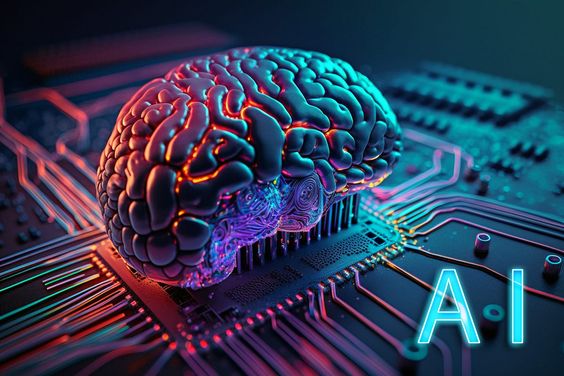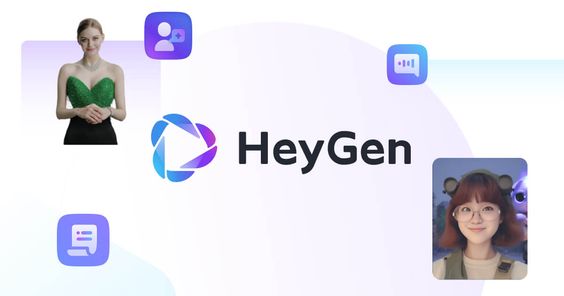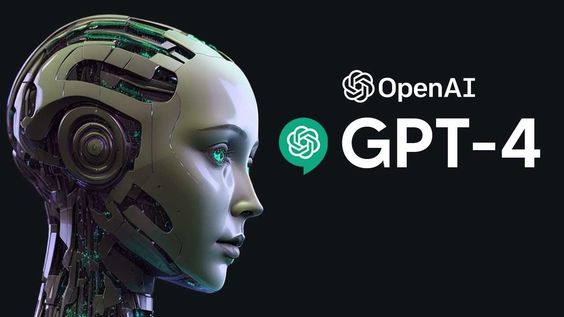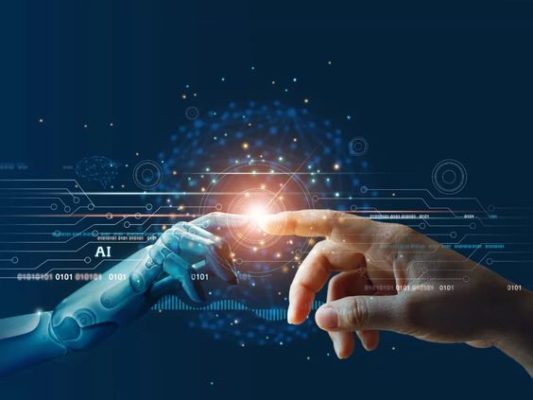Gemini AI: The Intersection of Artificial Intelligence and Human Creativity
This article aims to delve into the intersection of artificial intelligence and human creativity, with a specific focus on Gemini AI. By exploring how AI technologies like Gemini AI enhance creativity, we seek to uncover the synergies between machine intelligence and human ingenuity.
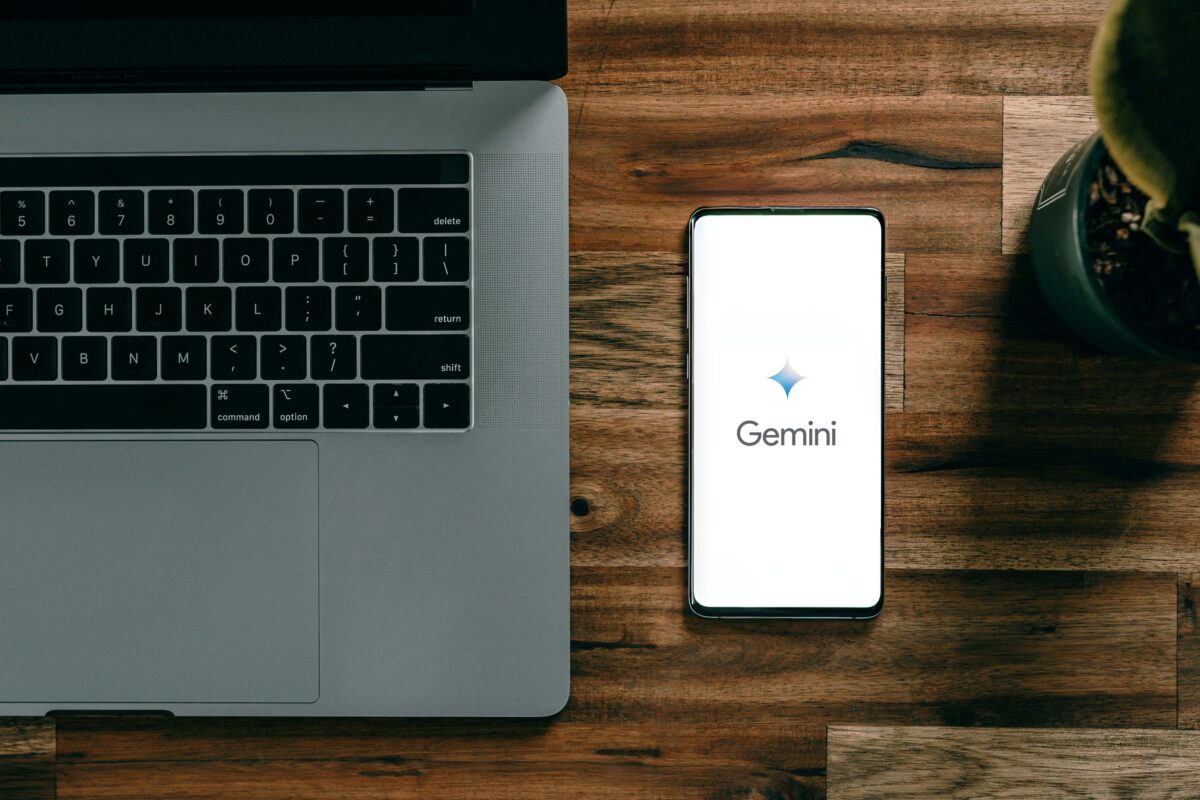
Gemini AI represents a significant advancement in the field of artificial intelligence, blending innovative algorithms with human-like cognitive abilities. At its core, Gemini AI is designed to simulate human thought processes and decision-making, leveraging machine learning and deep neural networks to achieve unprecedented levels of accuracy and efficiency. This technology aims to bridge the gap between traditional AI systems and human creativity by enhancing creative outputs through computational modeling.
Artificial intelligence has become indispensable in modern society, revolutionizing various industries and everyday life. Its current applications span from personalized recommendations in entertainment and shopping to autonomous vehicles and predictive analytics in healthcare. AI's ability to analyze vast amounts of data and extract actionable insights has led to improvements in efficiency, productivity, and decision-making across sectors. Looking forward, AI holds immense potential for further development, promising advancements in areas such as natural language processing, robotics, and personalized medicine.
Artificial intelligence has become indispensable in modern society, revolutionizing various industries and everyday life. Its current applications span from personalized recommendations in entertainment and shopping to autonomous vehicles and predictive analytics in healthcare. AI's ability to analyze vast amounts of data and extract actionable insights has led to improvements in efficiency, productivity, and decision-making across sectors. Looking forward, AI holds immense potential for further development, promising advancements in areas such as natural language processing, robotics, and personalized medicine.
Understanding Gemini AI
1. Technical Overview
Core Technologies and Algorithms
Gemini AI utilizes cutting-edge technologies such as machine learning, deep neural networks (DNNs), and natural language processing (NLP) to achieve its capabilities. Machine learning algorithms enable Gemini AI to learn from data and make predictions or decisions based on that learning. Deep neural networks mimic the human brain's structure, enabling complex pattern recognition and decision-making processes. NLP allows Gemini AI to understand and generate human-like language, facilitating interactions and communication.Unique Attributes of Gemini AI
2. Development and Evolution
History of Gemini AI
The development of Gemini AI began with foundational research in artificial intelligence and cognitive computing.Over the years, advancements in machine learning and neural networks have fueled its evolution.
Initial applications focused on enhancing data analytics and decision support systems, gradually expanding into creative fields and complex problem-solving domains.
Key Milestones and Achievements
3. Comparison with Other AI Systems
Strengths and Weaknesses
Differentiating Factors
The Role of AI in Enhancing Human Creativity
1. AI as a Creative Tool
Examples of AI-Generated Art, Music, and Literature
AI has demonstrated remarkable capabilities in generating artistic works across various mediums:Collaborative Projects Between AI and Humans
Collaboration between AI and human creators has resulted in innovative projects:2. AI in Creative Industries
Advertising and Marketing
AI enhances creativity in advertising and marketing:Entertainment and Media
AI transforms entertainment and media production:Design and Architecture
AI contributes to innovation in design and architecture:3. Benefits of Integrating AI with Human Creativity
Expanding Creative Boundaries
AI pushes creative boundaries by exploring unconventional ideas and generating novel concepts that inspire human creators.AI enables experimentation with new artistic styles, genres, and forms, fostering innovation and artistic diversity.
Enhancing Efficiency and Productivity
AI streamlines creative processes, automating repetitive tasks and providing tools that accelerate idea generation and iteration.AI analytics improve decision-making by providing data-driven insights into audience preferences, market trends, and creative performance metrics.
By integrating AI into creative processes across industries, organizations unlock new possibilities for innovation, efficiency, and artistic expression, reshaping the landscape of human creativity in the digital age
Gemini AI's Contribution to Creative Fields
1. Case Studies and Examples
Projects and Collaborations Involving Gemini AI
Gemini AI has been instrumental in various projects across creative fields:Success Stories and Notable Achievements
2. Tools and Platforms Powered by Gemini AI
Software and Applications
User Experiences and Testimonials
3. Future Prospects
Upcoming Innovations and Developments
Potential Impact on Various Creative Domains
The Future of AI and Human Creativity
1. Predictions and Trends
Emerging Technologies and Innovations
Evolving Relationship Between AI and Creativity
2. Opportunities for Collaboration
Multidisciplinary Projects and Research
Building Synergies Between AI and Human Creatives
3. Preparing for the Future
Education and Training
Policy and Regulation
Conclusion
Gemini AI represents a pivotal advancement in artificial intelligence, bridging the gap between technology and creativity. By simulating human cognitive processes and enhancing creative outputs, Gemini AI empowers artists, designers, and creators to explore new ideas and innovate more effectively.
Benefits: AI augments human creativity by providing tools for generating novel ideas, improving productivity, and enhancing artistic expression across various domains.
Challenges: Ethical considerations, such as biases in AI algorithms and concerns over job displacement, require careful navigation to ensure AI's integration into creative industries benefits society ethically and economically.
AI's transformative potential in creative industries is profound, revolutionizing content creation, marketing strategies, and artistic expression. By automating repetitive tasks and providing data-driven insights, AI enables creative professionals to focus on innovation and storytelling, pushing creative boundaries and reaching broader audiences.
Ethical Responsibility: As AI capabilities expand, it is crucial to prioritize ethical guidelines and transparency in AI development and deployment.
Human-Centric Approach: Emphasizing human creativity and ensuring AI complements rather than replaces human skills fosters a sustainable and inclusive creative ecosystem.
In conclusion, Gemini AI exemplifies the evolution of artificial intelligence towards enhancing human creativity. By leveraging AI's capabilities responsibly and collaboratively, we can harness its full potential to drive innovation, foster artistic excellence, and enrich creative industries for a brighter future.


